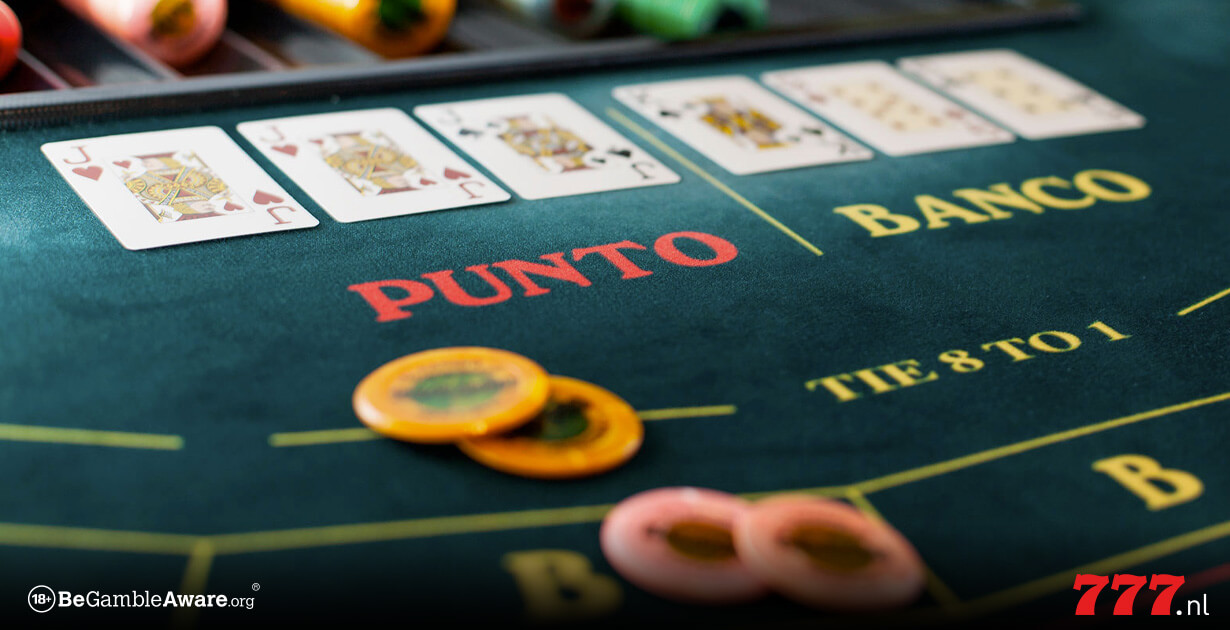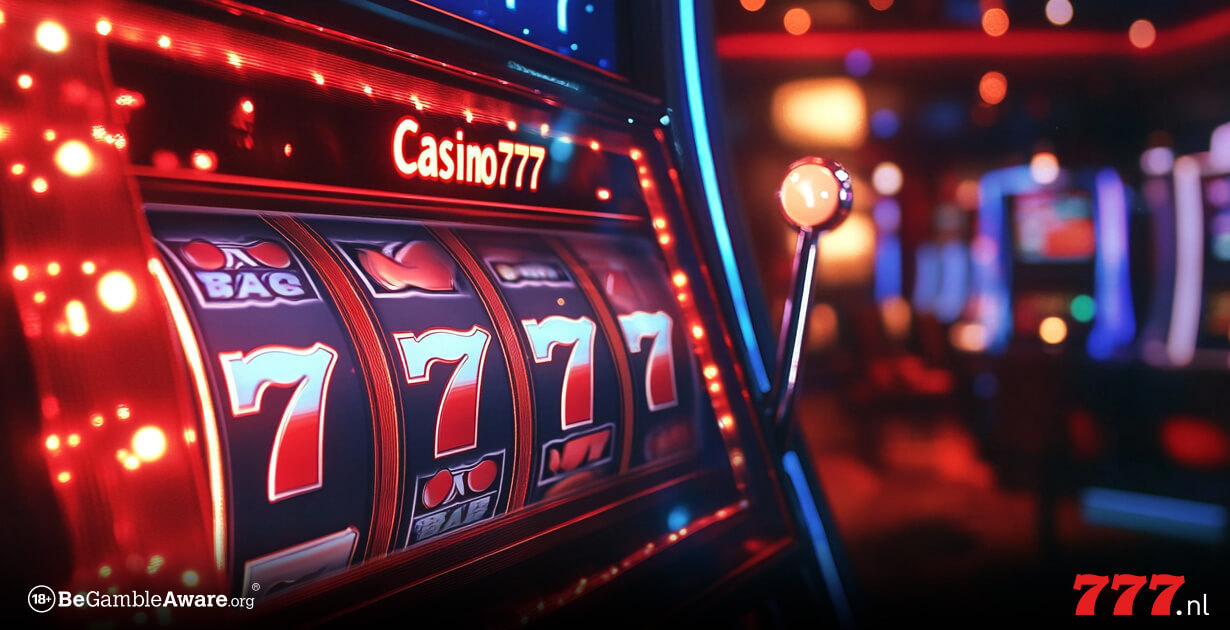Welcome to Casino 777.nl, where we introduce you to the fascinating world of Punto Banco, also known as baccarat. This classic casino game has a rich history and offers both excitement and simplicity for players. In this blog, we discuss the origins, rules, and various versions of baccarat, with a special focus on this popular variant.
What is baccarat?
Baccarat, or baccara, is a card game played in casinos. It is a comparing card game between two hands: the “player” and the “banker.” Each round of baccarat, also known as a coup, has three possible outcomes: “player” (when the player has the higher score), “banker,” and “tie.” The origins of baccarat are disputed, with some claiming it dates back to the 19th century, while others suggest it was introduced into France from Italy at the end of the 15th century by soldiers returning from the Italian Wars.
Baccarat quickly became popular among the French nobility and remained a favourite game, even in private gaming rooms during the Napoleonic era. Baccarat Banque is the oldest form of the game, followed by Chemin de Fer, a two-player version. Punto Banco, developed in the 1940s in Havana, Cuba, is now the most played version of baccarat.
What is Punto Banco?
It is one of the three popular variants of baccarat, alongside Chemin de Fer and Baccarat Banque. In Punto Banco, each player’s moves are dictated by the cards they receive. This contrasts with Chemin de Fer and Baccarat Banque, where players can make decisions. In Punto Banco, the gambler bets on the outcome, namely whether the “player” or the “banker” wins, or if it will be a tie.
Punto Banco is played with six or eight decks of cards shuffled together. The game begins with two cards dealt to both the “player” and the “banker.” The goal is to achieve a hand value as close to nine as possible. Cards two to nine are worth their face value, while tens, jacks, queens, and kings have no value, and aces are worth one point.
Egalité in Punto Banco
In Punto Banco, a tie is called “egalité.” This occurs when both the “player” and the “banker” hands have the same value at the end of a round. Bets on egalité are rare but offer an attractive payout. If you correctly bet on a tie, you usually receive a payout of 8 to 1, although some casinos offer 9 to 1. This means if you bet €10 on a tie and win, you receive €80 or €90, depending on the specific casino rules. While the high payout is appealing, it is important to note that the odds of a tie are relatively low, resulting in a higher house edge for this bet.
Variations of Baccarat
Aside from Punto Banco, there are several other versions of baccarat, each with its unique rules and features.
Chemin de Fer: This version, which emerged in the late 19th century, is still popular in France. Players take turns acting as the banker and can decide whether to draw a third card. This adds an element of skill to Chemin de Fer that is absent in Punto Banco.
Baccarat Banque: In this variant, the banker’s role is more permanent and is initially determined by an auction. The rules are similar to Chemin de Fer, but the banker remains until all the cards have been dealt or the bank is exhausted.
Punto Banco remains a timeless and beloved casino game due to its simple rules, low house edge, and the excitement it provides. Whether you play in a physical casino or online, the allure of Punto Banco is undeniable. Casino777.nl invites you to experience the thrill of Punto Banco yourself and join in on this classic game. Happy playing!
Name Confusion Between Baccarat and Punto Banco
There is often confusion between these terms mainly because Punto Banco is the most common version of baccarat in modern casinos. While baccarat is the umbrella term for various game versions, Punto Banco specifically refers to the version where the casino always manages the bank, and the outcomes are entirely determined by chance. Players can bet on the “player,” the “banker,” or a tie, but they have no further influence on the gameplay.
Online Versus Physical Casinos
With the rise of online casinos, this game is now easily accessible to players worldwide, including in the Netherlands. Online platforms often offer different versions of the game, live dealer options, and even mobile access, which has further increased Punto Banco’s popularity. Although the game is still beloved in physical casinos, playing online offers convenience and accessibility.
Conclusion
Punto Banco remains a timeless and beloved casino game due to its simple rules, low house edge, and the excitement it provides. Whether you play in a physical casino or online, the charm of it remains undiminished. Casino777.nl invites you to experience the thrill of Punto Banco yourself and join in on this classic game. Happy playing!
FAQ
1. What is Punto Banco and how does it differ from traditional baccarat?
It is a popular variant of baccarat where the casino always manages the bank. Players bet on the outcome, namely whether the “player” (Punto) or the “banker” (Banco) wins, or if it will be a tie. Unlike traditional baccarat, such as Chemin de Fer, players in Punto Banco have no influence on the drawing of cards; the rules automatically determine the outcome.
2. How are the cards valued?
In Punto Banco, the cards from 2 to 9 are worth their face value. Tens and face cards (jack, queen, king) have no point value (0), and aces are worth one point. The value of a hand is determined by the sum of the cards modulo 10, meaning only the last digit of the total value counts. For example, a hand with a 7 and a 5 has a total value of 2 (12 modulo 10).
3. What is the house edge?
The house edge varies depending on the bet. For bets on the “player,” the house edge is about 1.24%, while bets on the “banker” have a lower house edge of approximately 1.06%, considering the 5% commission on winning banker bets. Bets on a tie have a much higher house edge of around 14.4%.




